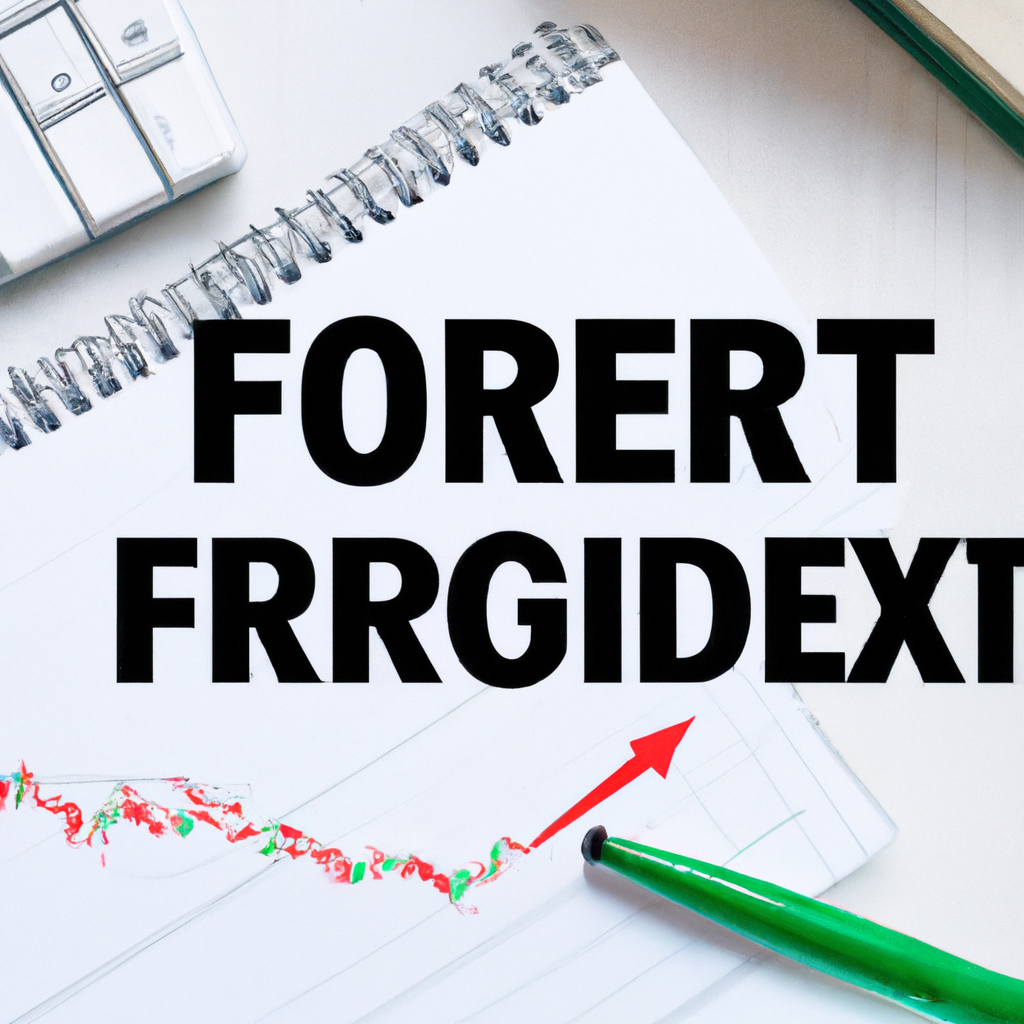Beginner’s Guide to Forex Trading
Introduction
Forex trading, also known as foreign exchange trading, is the process of buying and selling currencies with the aim of making a profit. It is a decentralized global market where all the world’s currencies trade. This beginner’s guide will provide you with the basic knowledge and steps to get started in forex trading.
Understanding Forex Trading
Before diving into forex trading, it is crucial to understand some key concepts:
1. Currency Pairs
Currency pairs are the foundation of forex trading. They represent the value of one currency relative to another. The most commonly traded currency pairs include EUR/USD (euro to US dollar), GBP/USD (British pound to US dollar), and USD/JPY (US dollar to Japanese yen).
2. Bid and Ask Price
The bid price is the price at which you can sell a currency pair, while the ask price is the price at which you can buy it. The difference between the bid and ask price is known as the spread, which is essentially the cost of the trade.
3. Leverage
Leverage allows traders to control larger positions with a smaller amount of capital. It amplifies both profits and losses, so it should be used with caution. Common leverage ratios in forex trading include 1:50, 1:100, and 1:500.
Getting Started
1. Educate Yourself
Before risking your hard-earned money, it is essential to educate yourself about forex trading. Read books, attend webinars, and follow reputable online sources to gain a solid understanding of the market, strategies, and risk management.
2. Choose a Reliable Broker
Selecting a reputable forex broker is crucial for a successful trading journey. Look for brokers regulated by recognized authorities and offering competitive spreads, user-friendly platforms, and excellent customer support. Take your time to compare different brokers before making a decision.
3. Open a Trading Account
Once you have chosen a broker, you need to open a trading account. This process usually involves providing personal information, verifying your identity, and depositing funds into the account. Most brokers offer various account types to cater to different trading needs.
4. Practice with a Demo Account
Before risking real money, it is highly recommended to practice trading with a demo account. A demo account allows you to trade with virtual money in real market conditions. It helps you familiarize yourself with the trading platform, test strategies, and gain confidence.
5. Develop a Trading Plan
A trading plan is a crucial tool for success in forex trading. It outlines your goals, risk tolerance, entry and exit strategies, and money management rules. Stick to your plan and avoid making impulsive decisions based on emotions.
6. Start Trading
Once you feel comfortable with your skills and have a solid trading plan, you can start trading with real money. Start with small positions and gradually increase your exposure as you gain experience and confidence.
7. Continuously Learn and Adapt
Forex trading is a dynamic market, and it is essential to continuously learn and adapt to stay ahead. Stay updated with economic news, market trends, and new trading strategies. Analyze your trades, identify mistakes, and learn from them to improve your trading performance.
Conclusion
Forex trading can be a rewarding venture if approached with the right knowledge and mindset. By understanding the basics, choosing a reliable broker, practicing with a demo account, and developing a trading plan, you can start your forex trading journey on the right track. Remember to continuously learn, adapt, and manage your risks to increase your chances of success in this exciting market.

